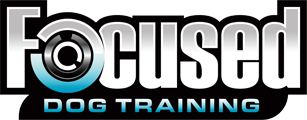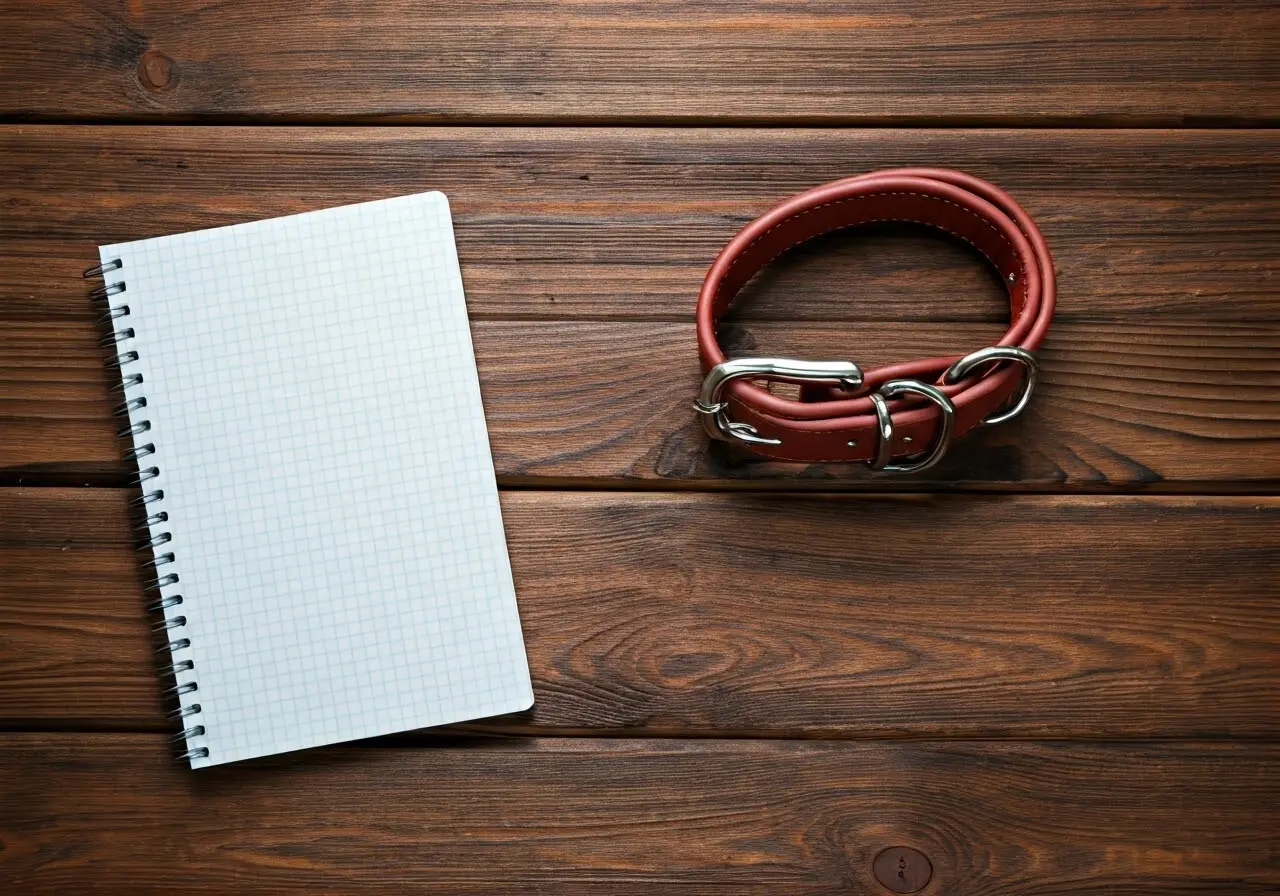Embarking on a dog training journey can be daunting, especially if you’re unfamiliar with what to expect during a consultation. This guide will walk you through the process so you can feel confident and prepared.
Understanding the Purpose of a Consultation
The main goal of a dog training consultation is to assess your dog’s behavior and your training goals. This meeting helps tailor an effective training plan.
A consultation isn’t just about correcting your dog’s troublesome actions. Instead, it’s about identifying underlying behavioral issues and learning how to address them in a way that creates a happier environment for both you and your dog. Think of it as laying the groundwork for a successful partnership between you and your trainer. During this time, expect your trainer to observe your dog closely, noting their reactions to various stimuli and identifying key areas to focus on.
Your dog’s unique characteristics, including temperament and history, will be carefully considered. A comprehensive discussion with the trainer can reveal longstanding habits that require attention, but don’t worry—this is a process designed to encourage gentle and sustainable change. The trainer’s role is to craft a plan suited specifically to your pet’s needs, making life better for both of you. The approach is holistic, considering not just the dog but the household environment where behavior is learned and reinforced.
Preparing for the Consultation
Prepare by jotting down your goals and any specific issues. Remember to bring vaccination records and ask about any needed supplies.
Preparation is key to maximizing the benefits of your consultation. According to Focused Dog Training, whether it’s bringing detailed notes about behaviors you’ve noticed or simply ensuring your dog is calm and rested, these small steps can make a big difference. Consistency in preparation can also aid in highlighting patterns that may need addressing.
In addition to vaccination records, consider writing down any behavioral history, including previous training techniques attempted or any incidents that might have influenced your dog’s behavior. This documentation acts as a valuable tool for your trainer. If you have video footage of behaviors, having it handy can also provide your trainer with insights without needing to provoke your dog during the session Anthony De Marinis recommends setting up cameras in the home to capture daily habits.
What Happens During the Consultation?
During the consultation, expect to discuss your dog’s history and observe its behavior. The trainer will likely perform assessments to gauge your dog’s temperament.
The consultation is a dynamic process. A Comprehensive Guide suggests it may start with casual conversation about your dog’s typical day—to gear the trainer up with context. This isn’t a mere data-gathering exercise. Each piece of information contributes to a bespoke training plan designed with your goals in mind. Observing the interaction between you and your dog also offers invaluable insights for creating effective strategies.
Expect some interaction where the trainer may use basic commands to see how your dog reacts or explore their response in scenarios, like new people or environments. This initial assessment isn’t just about identifying issues; it’s about understanding your dog’s unique behavioral signature. Such direct observation helps the trainer in suggesting practical, real-world applications of the techniques you will learn.
Communication is integral during this phase. Your willingness to engage in an open dialogue will significantly enhance the consultation’s success. As De Marinis eloquently puts it, understanding what your dog is saying through their body language and behavior is essential. Listening is just as crucial as speaking. By staying involved, the groundwork for a productive relationship between you, your dog, and the trainer is laid.
Discussing Training Techniques and Goals
You’ll talk about various training methods and set realistic goals. It’s crucial to communicate your expectations clearly.
Setting clear, realistic goals is vital to successful dog training. Not only does this create a pathway for tracking progress, but it also aligns the efforts of everyone involved in the training process. For example, during a consultation, you may want to focus on immediate goals like ‘stop jumping on guests’ while understanding that long-term objectives, such as overall better social behavior, will also be addressed.
Expectation setting goes both ways. Focused Dog Training highlights the importance of understanding the methods used, especially if topics such as aggression or fear are on the agenda. Techniques vary widely—from clicker training to positive reinforcements—so aligning on approaches that you are comfortable with keeps both you and your dog in sync with the proposed plan.
What to Look for in a Trainer
Choose a certified and experienced trainer. Ensure their training philosophy aligns with your values.
In deciding on the perfect trainer for you and your pet, certifications mean a lot. A certified dog behavior consultant can assure you of a certain standard of knowledge and ethical practice in their dealings with your dog’s training.
Beyond credentials, finding a trainer whose methodology and philosophy resonate with your own perspectives on pet care can make a significant difference. Some trainers might use discipline-focused approaches, while others champion positive reinforcement exclusively. Choosing a trainer who understands that dog behavior is nuanced and requires positive reinforcement allows for a more holistic approach to training.
References or reviews from past clients are one of your best resources. These can offer real-world insights into the trainer’s effectiveness, reliability, and communication style. Don’t hesitate to ask potential trainers for examples of success stories that are similar to your situation.
Next Steps After the Consultation
After the consultation, you’ll receive a customized training plan. Ensure you’re comfortable with the proposed timeline and follow-up sessions.
After you’ve received your tailor-made plan, practical steps are set into motion. The plan is likely to include specific exercises and techniques suited to your dog’s needs. Training doesn’t end at the session—it evolves as you work with your dog, practicing and reinforcing what you’ve learned.
Expect to have ‘homework’ and upcoming sessions to continue building on the foundation laid during the consultation. Scheduled check-ins are vital as they allow you to report back on progress and adapt as needed—reinforcing the understanding that learning is a two-way street. Through repetition and commitment, these steps ensure substantial improvements in your dog’s behavior.
Continuing your education as a dog owner is essential, and exploring additional training guides or enrolling in follow-up courses or seminars can provide more insights into dog behavior and training success. Build on the consultation’s momentum by keeping up with the latest strategies, but remember, conditions change and new techniques emerge, so staying informed is crucial.
Final Thoughts
Attending a dog training consultation should be an enlightening experience. With this newfound knowledge, you’ll be equipped to make informed decisions that best suit your and your dog’s needs.


